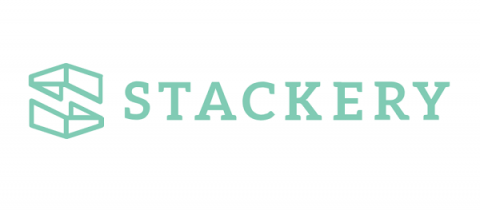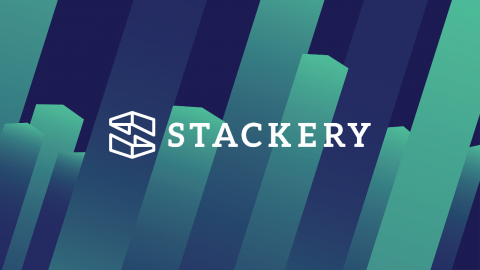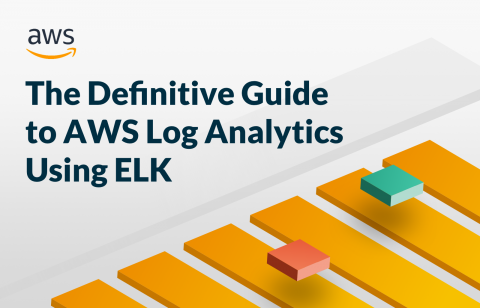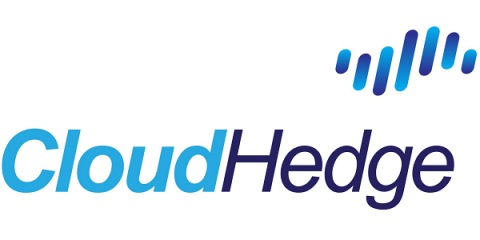Using Lambda Layers for Better Serverless Architecture
Lambda Layers were introduced by AWS in late 2018 as a way to simplify the developer’s life when managing dependencies and shared resources across a multi-Lambda stack. It’s a versatile feature that brings many benefits, which we will discuss in this article. Using Lambda Layers does increase complexity to monitor and maintain your applications, but there’s no need to fear.








